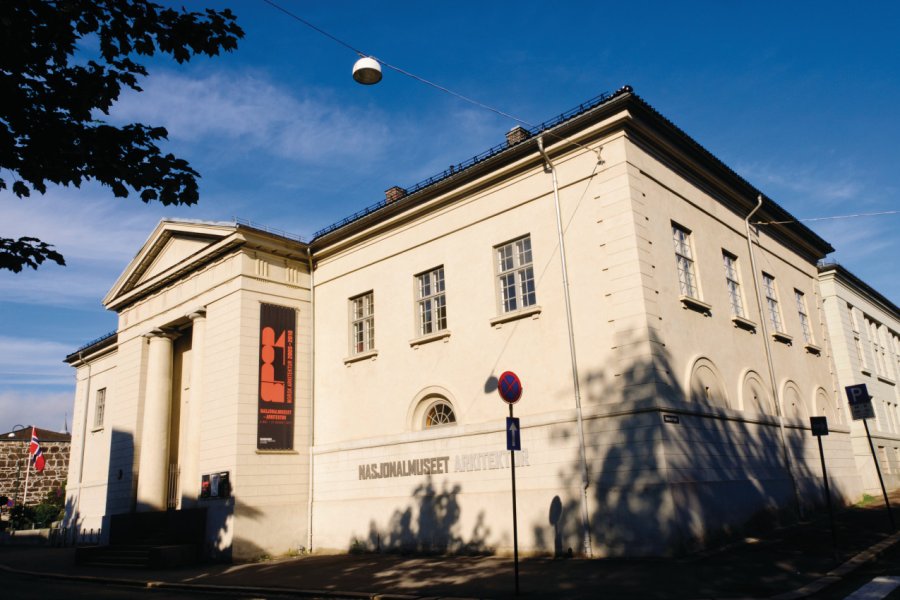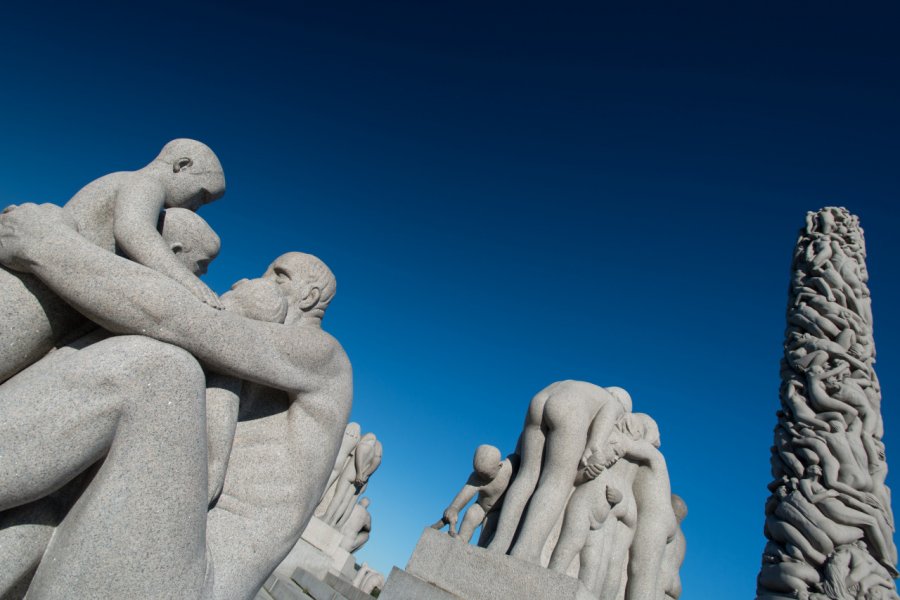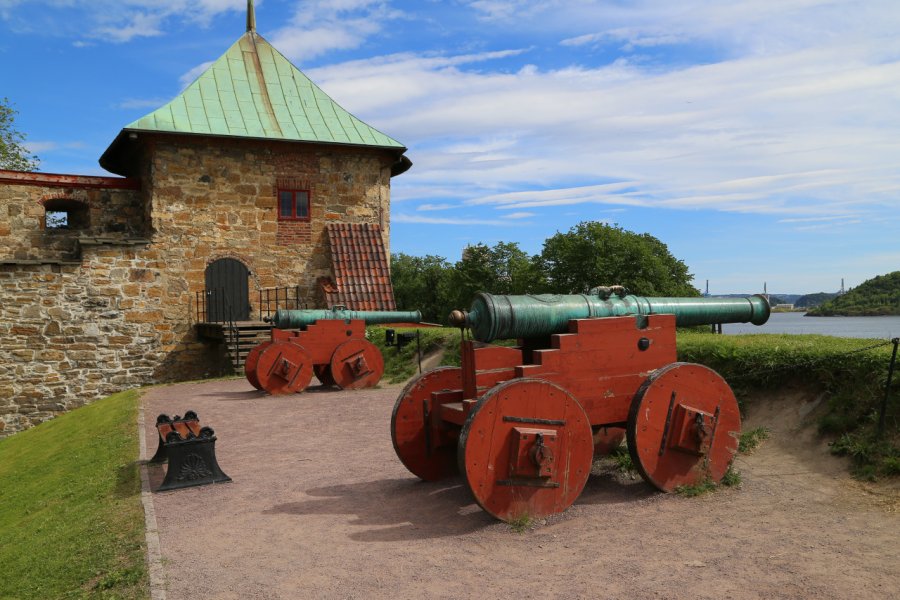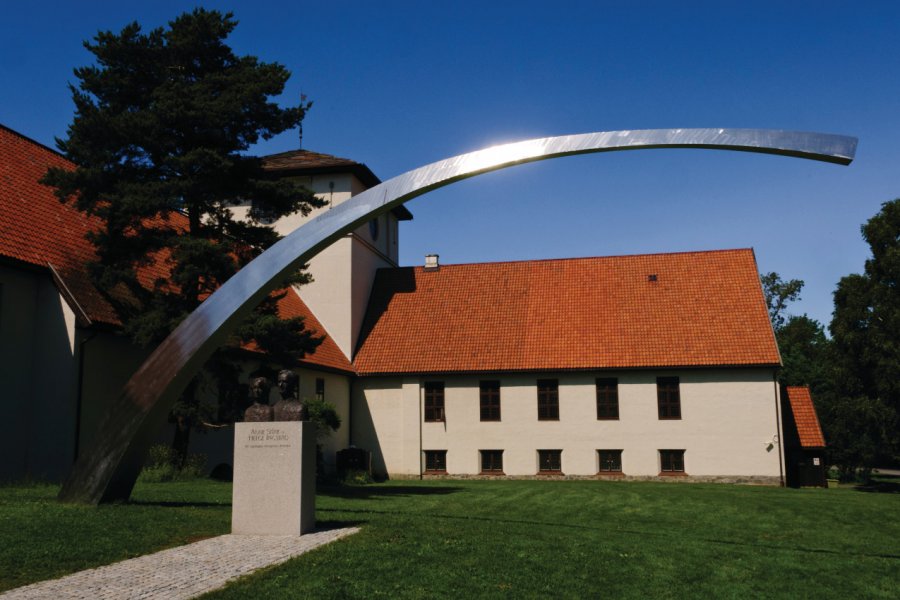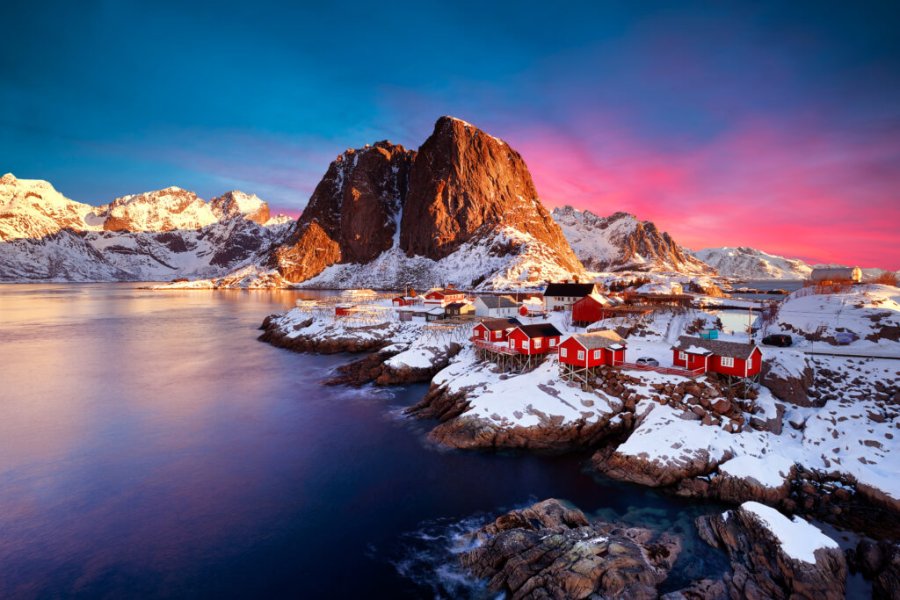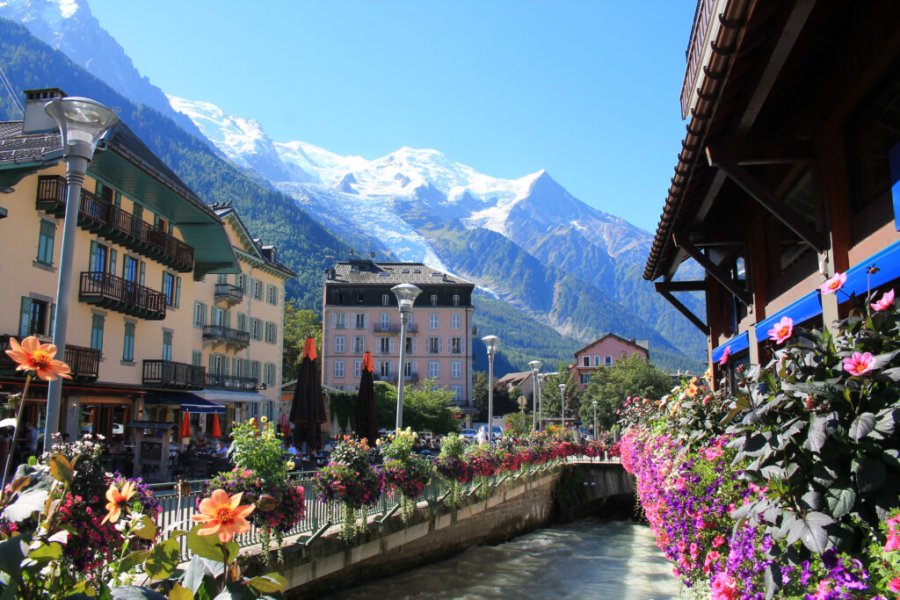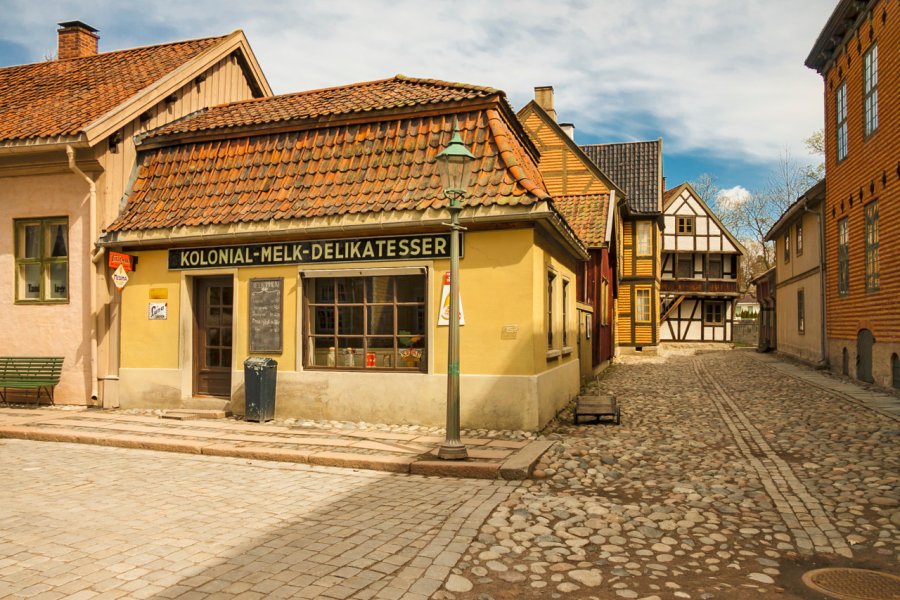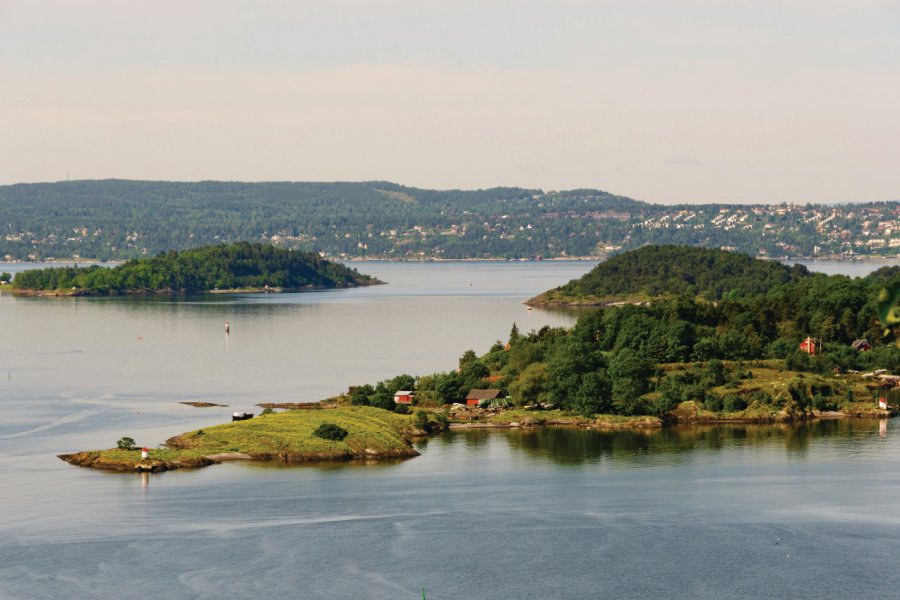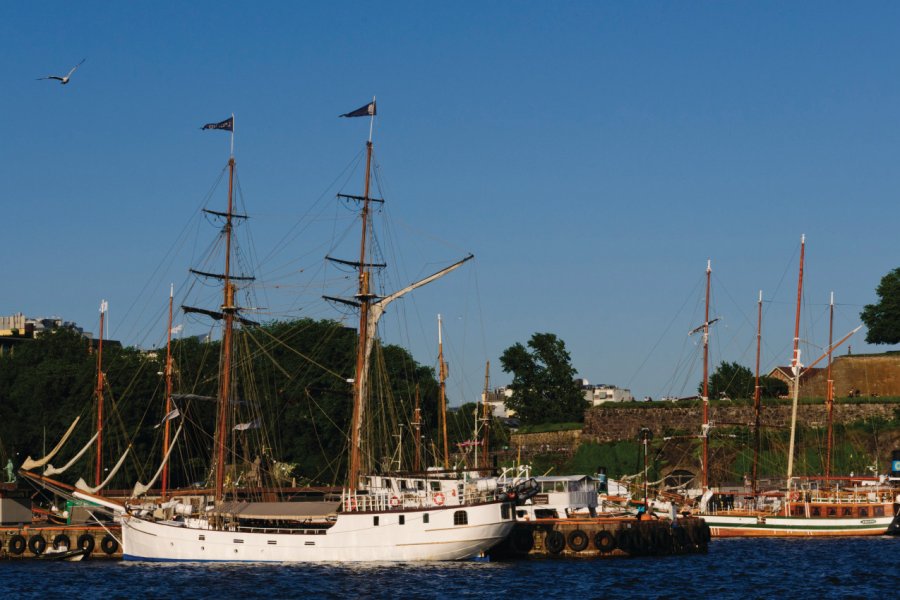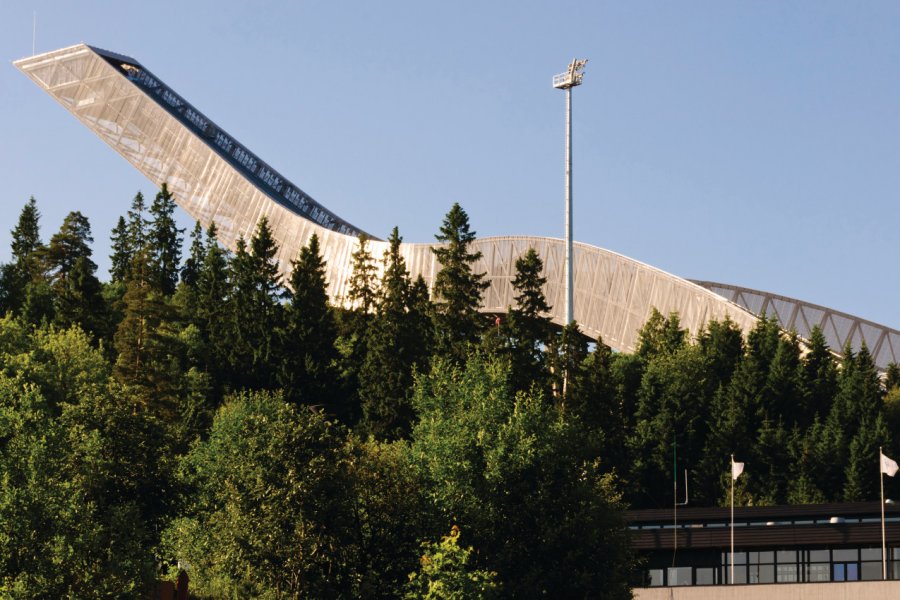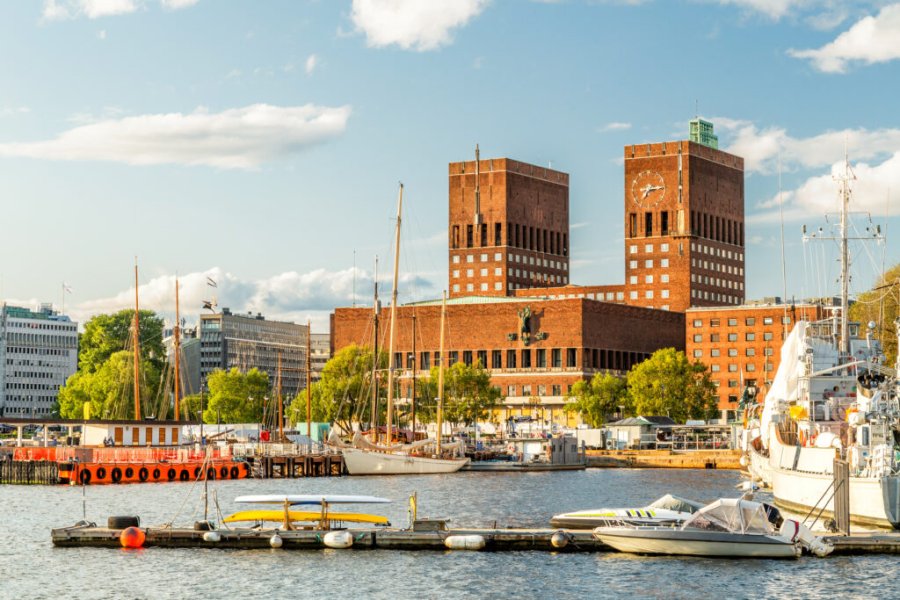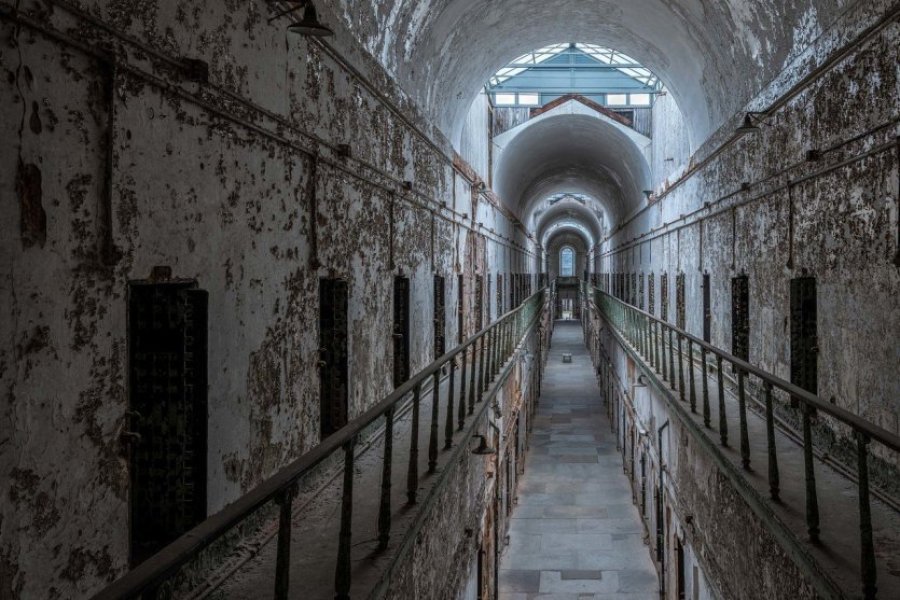Travel Guide Oslo
Oslo, the capital of Norway, is a green city, embraced by its fjord, nestled in majestic forests. It is undoubtedly one of the most pleasant capitals in the world. A city well anchored in everyday life, the vestiges of its history are nevertheless absent. The Kon-Tiki Museum celebrates the greatness of the Viking Empire, the Akershus Fortress traces the glory of the Scandinavian kings and the courage of the Norwegian resistance during the Second World War. As for the museums of Munch, Vigeland (Gustav and Emanuel) and Ibsen, they bring to light the geniuses of their time in all their splendour. The city centre, and in particular Karl Johans gate, has preserved the heroes of the past as if on glossy paper: many old restaurants and cafés seem to have frozen in time. The city bears the imprint of that dark period when Christiania was Danish or Swedish and proudly looks up as Oslo, the Norwegian capital. A multicultural city (you can visit the remarkable Intercultural Museum), this destination promises pretty surprises and beautiful encounters, on every street corner... or on a plate! Don't hesitate any longer, thanks to the Oslo tourist guide, go and meet him!
What to visit Oslo?
Suggested addresses Oslo
When to go to Oslo?
When to go to Oslo? All year round perhaps. As a busy capital city, Oslo can be visited all year round. However, the most pleasant time to visit Oslo is between May and September, when the weather is good and all the tourist sites are open. In addition, you can quickly get out of the city and practice sports activities: kayaking in the fjord, hiking... Winter is the time for skiing and snow sports. The Christmas period is particularly worth a visit. The atmosphere is unique, festive, almost magical, and the capital is decorated in a variety of ways.
Weather at the moment
Oslo's climate is a humid continental climate. Although winters are very cold, and temperatures often drop below zero, the climate is still a little temperate due to the Gulf Stream warming the Atlantic Ocean. Thanks to the proximity of the Norwegian capital to the sea, the climate in summer and very mild, and the very pleasant temperatures to visit the city (around 20°C during the day).
The currency in Oslo is the Norwegian krone. In town you will find many banks. In addition, BC is generally accepted in Oslo. While the budget often depends on accommodation, Oslo is a very expensive city. It has repeatedly held the title of the most expensive capital in the world. As a tourist, such a standard of living can be disabling: food, especially meat, can be 50% more expensive than in France (even compared to Paris).
EU nationals can stay in Norway for three months without a visa, with only a valid identity card or passport. Beyond these three months, you must apply for a residence permit at the police offices of the city of residence. Good to know: Norway, unlike its neighbours, is not part of the European Union. While it has integrated the European Area and the Schengen Area, it does not belong to the EU.
No vaccinations are required to travel to Oslo and a standard travel pharmacy will do. As Norway has a shortage of doctors, the country has resorted to using foreign doctors, especially French ones. Some patients even have their travel and treatment paid for by the State to go and get treatment in Sweden or Denmark...
Practical information
- When to travel?
- Weather forecast
- Budget
- Formalities
- Health
- How to travel by yourself?
- How to get organized?
- Getting around
Media
How to go to Oslo? Our advice & tips
There are many tour operators offering packages to visit Oslo. The most common are getaways (3 days and 2 nights or 4 days and 3 nights) and long weekends. In Oslo, since the location lends itself to it, trips with a cultural theme are quite numerous, but the prices are higher. That said, apart from the more economical "packages", it is better to visit Oslo independently.
Oslo, despite its large size, can easily be visited alone. The center, in particular, is perfectly walkable. As far as safety is concerned, first of all, it is a very safe city for everyone, men, women, families; and Norwegians are endowed with a very great sense of civism. Remember to book your accommodation in advance (especially in high season), and let yourself wander through the city.
Moving to Oslo is quite simple. If the city centre is a pleasant place to walk, public transport criss-crosses the city and allows you to move around quickly. Ruter As manages public transport in Oslo and Akershus. Urban buses, regional buses, trams, subways (T-banes), ferries and local trains are part of Ruter's ticketing and fare system.

